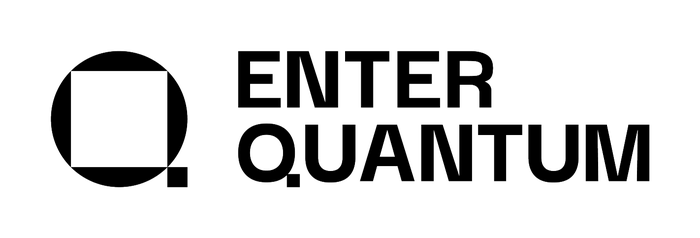
Connects decision-makers and solutions creators to what's next in quantum computing
Microsoft, Atom Computing Target Commercial Quantum by 2025Microsoft, Atom Computing Target Commercial Quantum by 2025
Companies create record-breaking number of entangled logical qubits for quantum-classical hybrid computing

Microsoft and Atom Computing have announced they are co-designing and building a commercial quantum computer with more than 1,000 physical qubits.
The companies announced at the Microsoft Ignite 2024 event that they are making the new machine available for order immediately and plan to deliver it to customers by the end of 2025.
They shared several technology updates that could make this goal possible.
The companies have created 24 entangled logical qubits using Atom’s neutral-atom hardware, the largest on record. Logical qubits comprise several qubits, allowing for error correction and making them more reliable than noisy physical qubits in Atom’s technology.
According to Atom, its neutral-atom qubits make this easier to achieve since they have low error rates with 99.6% two-qubit gate fidelity, the highest fidelity of neutral-atom qubits in a commercial system.
Qubits with such low error rates and all-to-all connectivity work well with Microsoft’s custom qubit virtualization system, which uses them to create logical qubits and detect and correct errors while performing reliable quantum computation.
“We are excited to continue our collaboration with Microsoft, which has already led to significant milestones in quantum computing,” said Atom Computing founder and CEO Ben Bloom.
“By coupling our state-of-the-art neutral-atom qubits with Microsoft’s qubit-virtualization system, we are now able to offer reliable logical qubits on a commercial quantum machine. This system will enable rapid progress in multiple fields including chemistry and materials science.”
Microsoft and Atom created 20 logical qubits from 80 physical qubits, a comparatively low ratio. They used them to perform computations based on the Bernstein-Vazirani algorithm, which is designed for quantum computers to solve more efficiently than classical computers.
“We’ve run that algorithm in this hardware out to 20 logical qubits in that computation and shown that we can get better than physical performance there,” said Microsoft Azure Quantum technical fellow and vice president of advanced quantum development Krysta Svore.
“You also get better than classical, it turns out, for this algorithm. So we’ve shown the ability to compute with these logical qubits and then we’ve also been able to do repeated loss correction with these qubits.”
About the Author
You May Also Like
.png?width=100&auto=webp&quality=80&disable=upscale)
.png?width=400&auto=webp&quality=80&disable=upscale)




